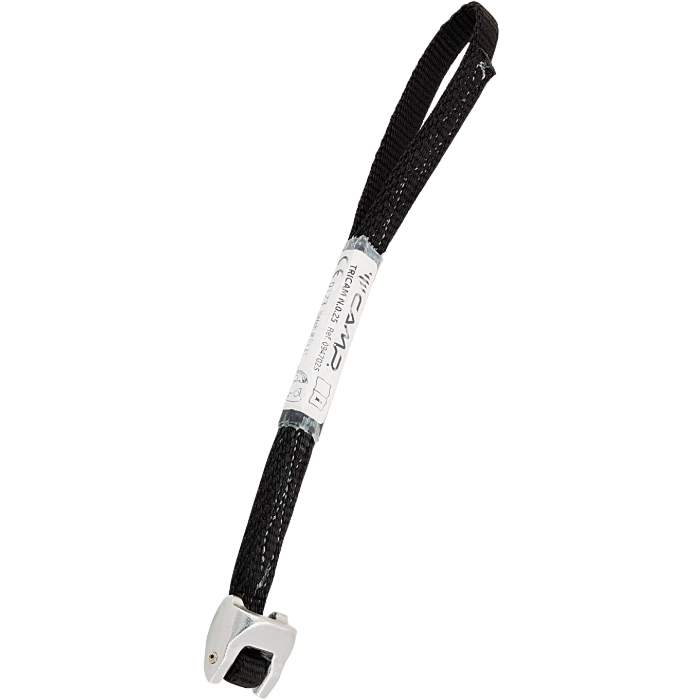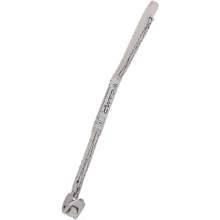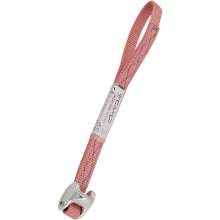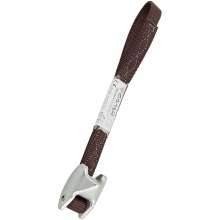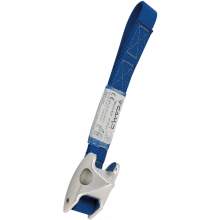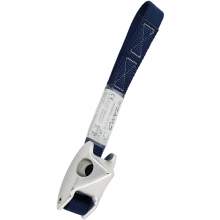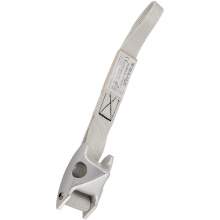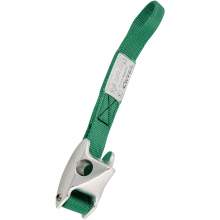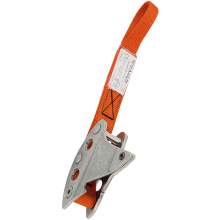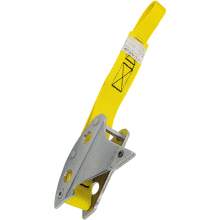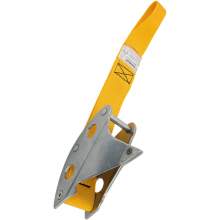Details of using Tricams and advantages of using Tricams.
Nylon 0.25
Description
• Rock Climbing, Alpinism
• Two placement modes: active cam and passive chock
• Works where nothing else can fit, such as solution pockets
• Excellent in horizontal cracks
Look on the rack of most experienced trad climbers and you are almost certain to see a pink and a red Tricam, possibly two of each and a few others too. Most climbers agree that visiting the Gunks without multiples of pink through purple is a serious mistake. These wondrous nuts can be used either as cams or nuts and often work where nothing else fits. Tricams are ideal in horizontal cracks, pockets, and shallow vertical cracks. The larger sizes are an affordable way to augment a rack of cams; ideal for belay anchors due to their high strength and low weight. Tricams can also be placed in icy cracks where regular cams do not work.
Retail price
When you click a link below and then checkout online, no matter what you buy (climbing gear or not), we get a small commission that helps us keep this site up-to-date. Thanks!
| Weight (grams / ounces) | 19 g / 0.70 oz |
| Size | 0.25 |
| Sling Material(s) | Nylon / Polyamide |
| Color | Black |
| Range (inches / millimeters) | 0.53 in - 0.87 in 13.50 mm - 22.00 mm |
| Strength (kilonewtons) | Cam: 5 kN Chock: 5 kN 3Chock: 0 kN |
| Certification | CE, UIAA |
No reviews yet.
CAMP has some really great, versatile, rock protection that you can add to your rack for not a lot of money and not a lot of weight. It has made our climbing more fun and safe, and frankly made it possible to get up the Finger of Fate, which I don’t think would have been possible otherwise.
Designed by Greg Lowe in the 1970s, Tricams first appeared on racks in the early 1980s. While the original unit had two placements (one passive, one active), the newest generation (CAMP Tricam EVO) has three: a cam, a nut, and a nut in broadside-out mode. The biggest benefit? The Tricam often fits where nothing else will, such as horizontal cracks, solution holes, pockets, pods, and flares large enough to require a cam-sized piece, but too narrow for a typical SLCD. See all the placement options and tips when you read the full article.

